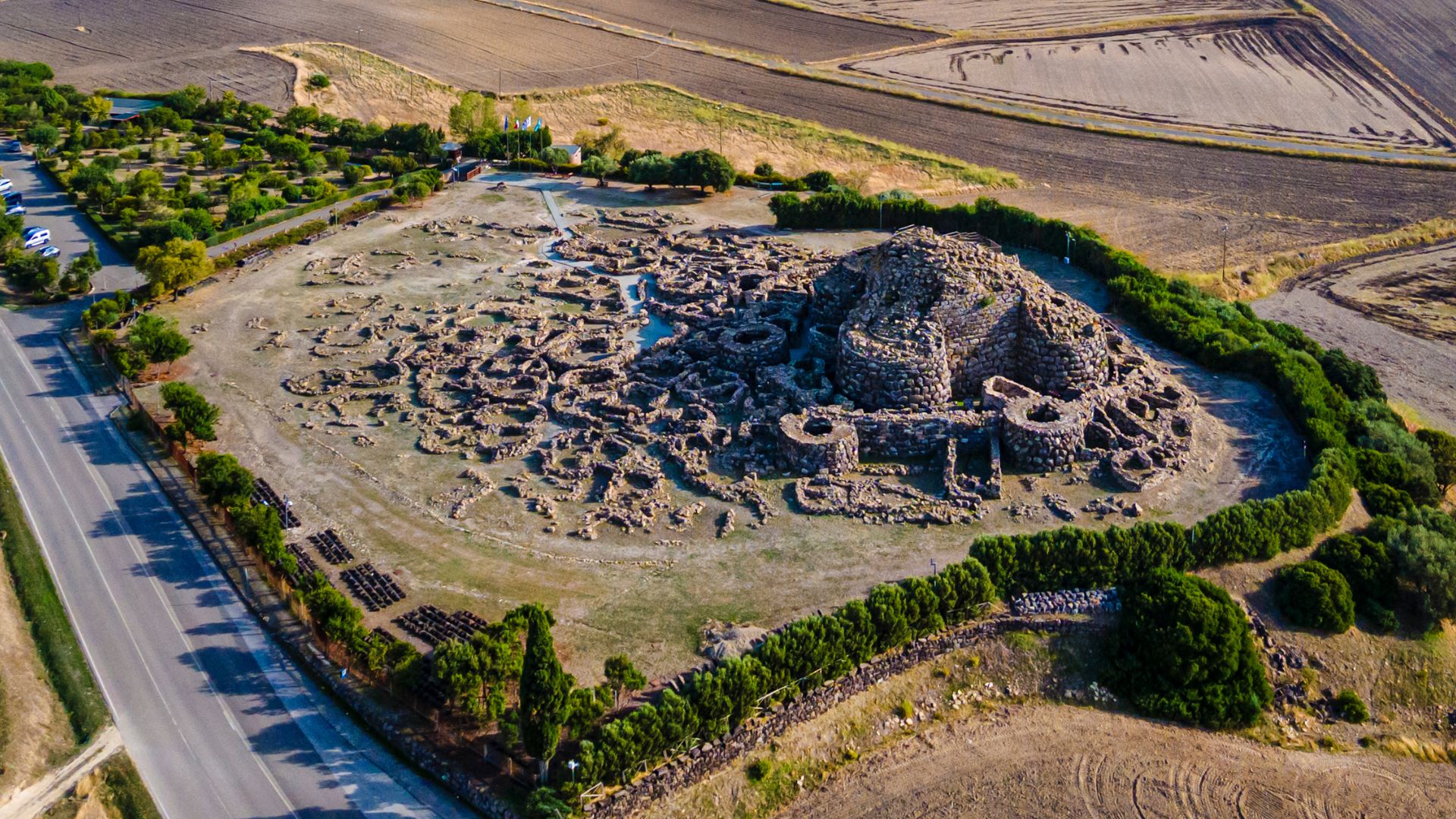Across Europe’s ancient landscapes, Bronze Age people built impressive stone structures that still capture our imagination. When you stand among these mysterious fortresses, it almost feels like you’ve stepped through a portal to another era—one where skilled builders arranged massive stones into defensive structures, ceremonial sites, and community centers, all without the help of modern technology.
These monuments, built between 1600-1200 BCE, stand as some of humanity’s most impressive early engineering feats. They give us essential clues about prehistoric social organization and technology.
Last summer, I visited Sardinia’s nuraghe towers and couldn’t believe how these beehive-shaped structures still dominate the landscape after thousands of years. They looked a bit like medieval castles, but they’re much, much older.
The island used to have around ten thousand of these stone fortresses. The Nuragic Civilization built them by carefully stacking enormous, roughly worked stones.
I’ve felt the same sense of awe when exploring Scotland’s standing stones and when I stumbled onto a newly discovered Bronze Age fortress hidden in an Irish nature preserve in Galway.
Each site has a story, showing off our ancestors’ serious building skills and the sophisticated societies they built. Walking where these ancient people once lived? It makes me realize how connected we still are to our distant past.
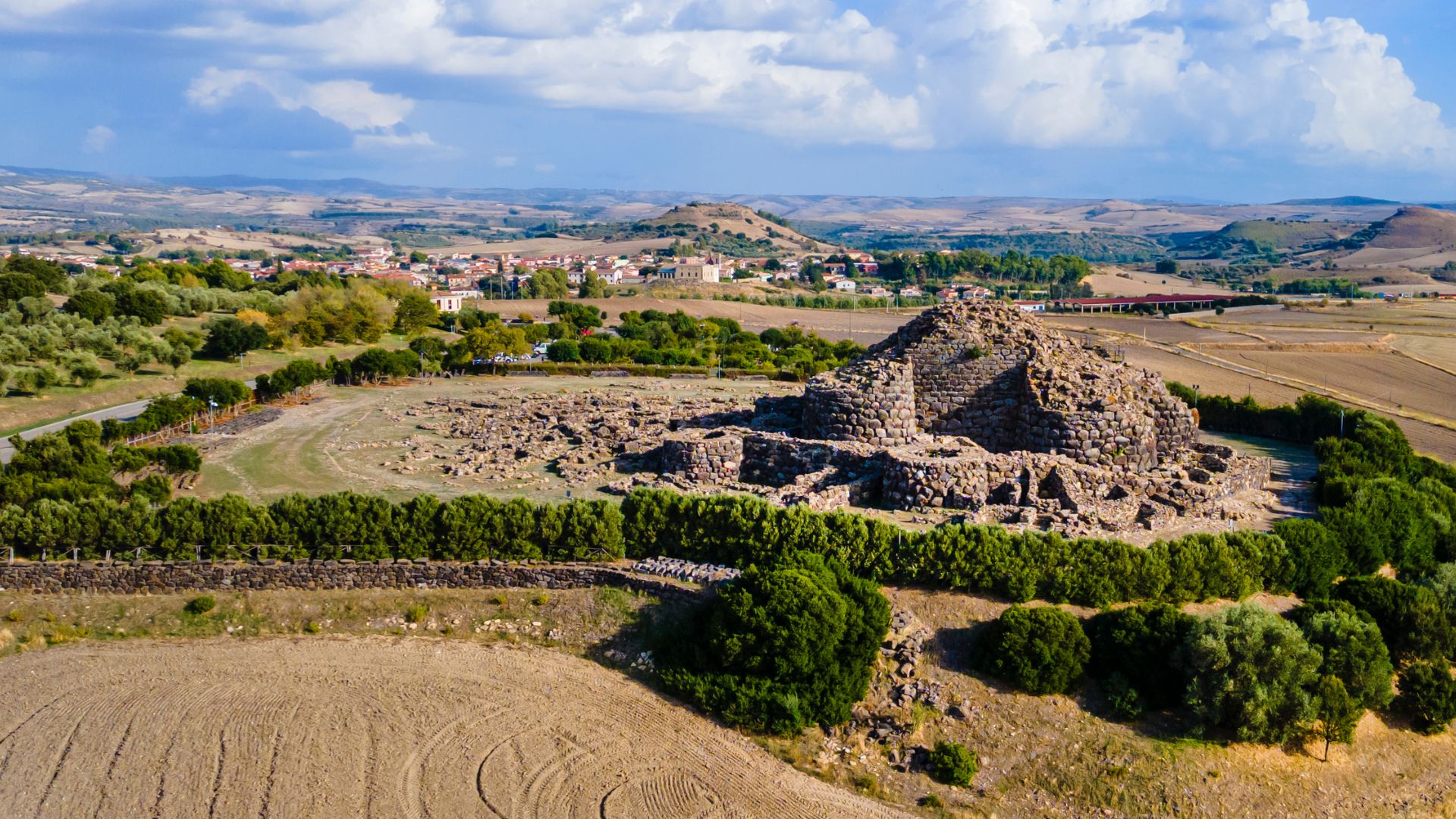
Bronze Age Origins of Mysterious Stone Fortresses
Standing in the middle of an ancient stone fortress, I feel like I’m paging through human history—except the pages are made of rock. These impressive structures started popping up during the Bronze Age as communities tried out new technologies and faced new threats.
The Spread of Bronze Age Cultures
Bronze Age people (around 3000-1200 BCE) built remarkable fortifications in many places. In Ireland, archaeologists recently found a massive fortress hidden in a Galway forest. I hadn’t heard of that lost civilization before.
This technology spread far and wide. In Sardinia, I saw those mysterious beehive towers called nuraghi, built between 1600-1200 BCE. The builders placed enormous stones with such care—it really makes you wonder how they pulled it off.
People in Saudi Arabia built similar fortifications. In the Khaybar oasis, I saw one of the most extensive Bronze Age defensive systems ever found, proof that this building tradition stretched across continents.
Communities built these structures as society got more complex and warfare became more organized.
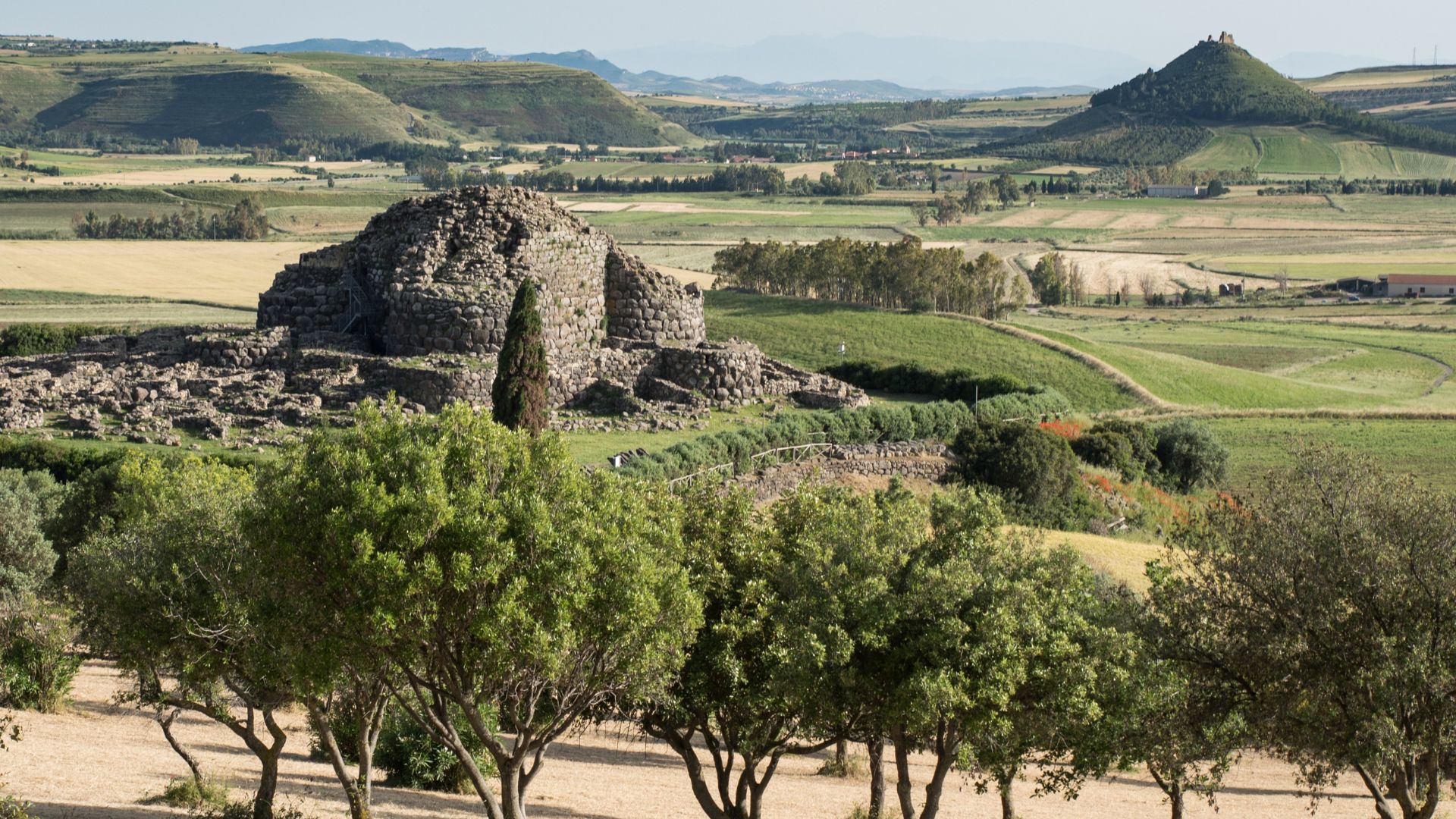
Stone Age Roots and Early Construction
The roots of these impressive fortresses go back to the Stone Age. Early people had already figured out how to move and position big stones.
When I look closely at these fortresses, I can see how builders used natural rock outcrops as starting points. They worked with local materials and terrain, making structures that blended into the landscape but still offered strategic advantages.
Early settlers in new places often found “strange stone forts” and had no idea who built them or why. These defense systems started out simple but grew more complex as metalworking improved.
Bronze tools made cutting and shaping stone faster, which allowed for more creative designs. The shift from rough stone circles to sophisticated fortresses shows how social organization grew and how people felt the need to protect their settlements as resources became more valuable.
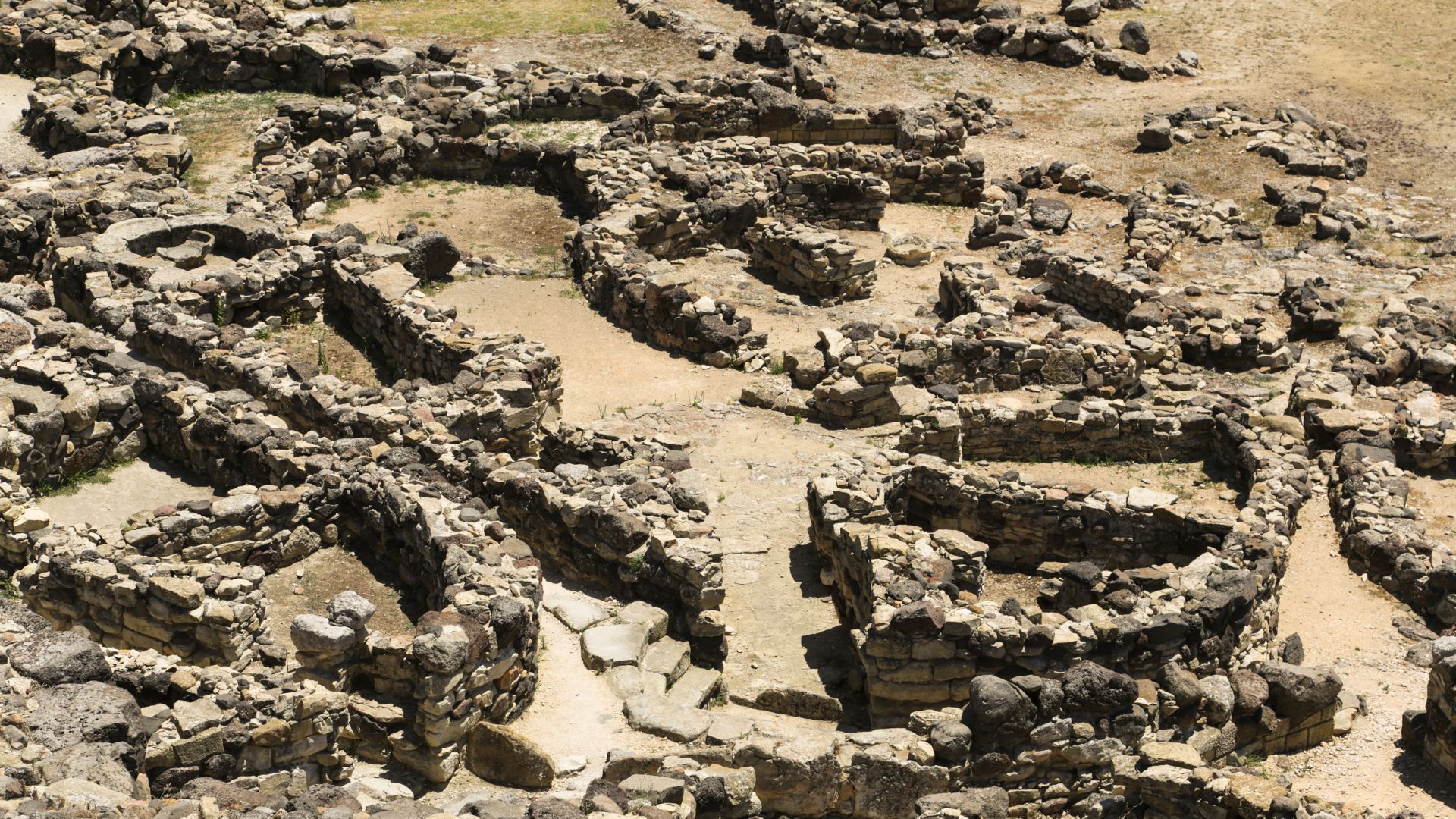
Architectural Marvels: Exploring Stone Fortresses and Megalithic Sites
Ancient stone structures still spark our curiosity. Their massive blocks and precise engineering have survived thousands of years, and honestly, I find it incredible that prehistoric builders pulled it off without modern tools.
Standing Stones and Stone Circles
When I first visited Stonehenge, those huge sarsen stones—each up to 25 tons—absolutely floored me. These aren’t rare, either. Similar standing stones pop up all over Europe, from the Carnac rows in France to Scotland’s Callanish Stones.
Many stone circles line up with the stars. At Newgrange in Ireland, the winter solstice sunrise shines straight into the inner chamber. I’ve actually seen that alignment in person, and it’s hard not to feel awed as the first light creeps through the roof box.
The accuracy is wild. Some sites contain stones dragged from quarries over 150 miles away! The Ring of Brodgar in Orkney, for example, still has 27 out of an original 60 stones, forming a perfect circle almost 344 feet wide.
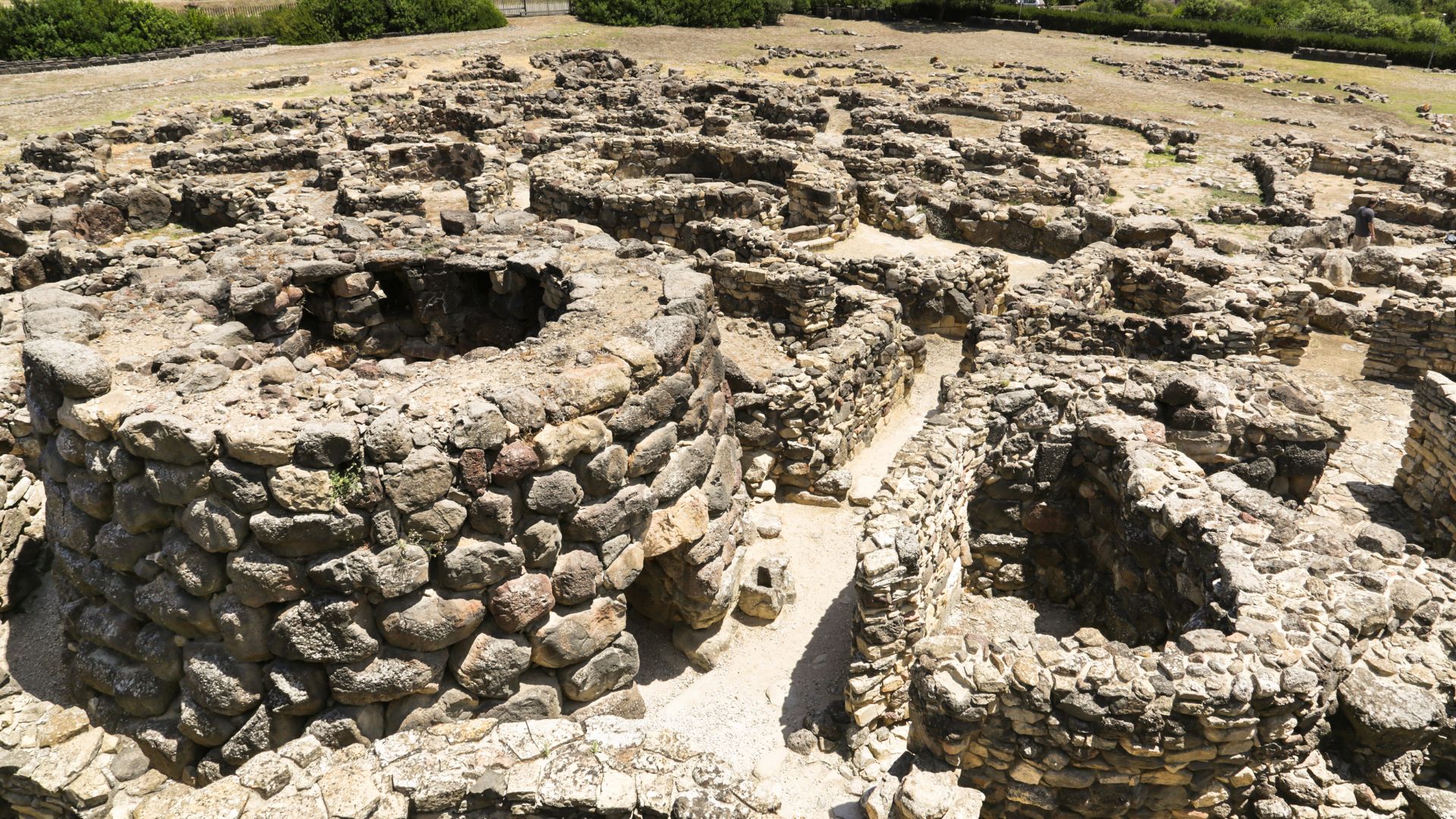
Function and Symbolism of Prehistoric Monuments
These ancient monuments had multiple roles. Archaeologists say they were ceremonial centers, astronomical calendars, and community gathering spots.
The Avebury stone circle in England actually surrounds a whole village. Walking around it, I felt strangely connected to the people who gathered there for seasonal celebrations and important rites.
A lot of megalithic sites line up with celestial events. The fortress of Sacsayhuaman near Cusco, Peru, uses astronomical alignments in its zigzag walls.
Standing stones sometimes marked territory or acted as waypoints for travelers. Some probably served as memorials for important ancestors.
The weathered faces of stones at Ggantija in Malta have tiny niches that once held offerings to the dead.
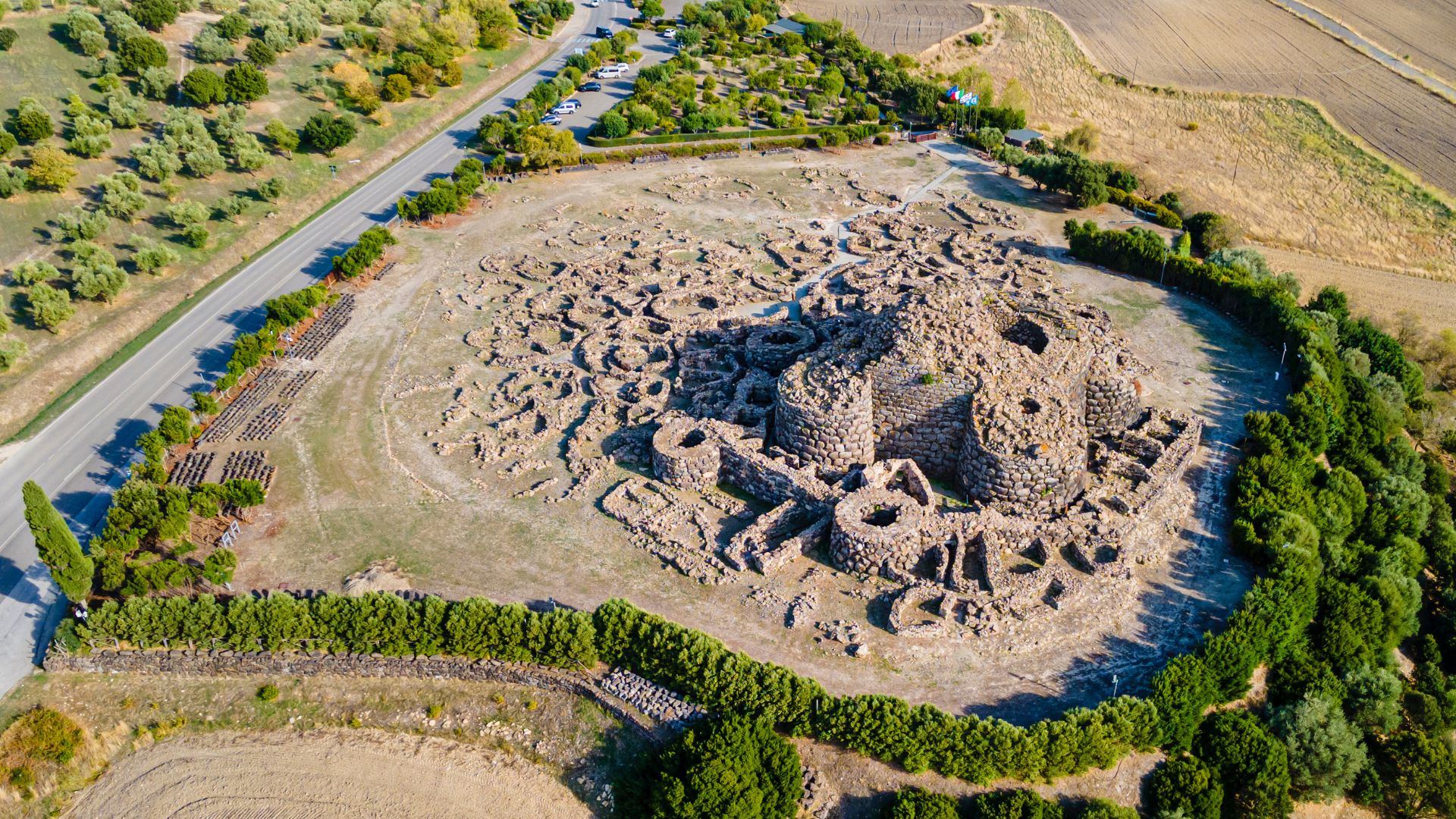
Megalithic Building Techniques
How did ancient people move and position stones that big? The mystery deepens when you look at the precision-cut megalithic blocks at Sacsayhuaman—some weigh over 100 tons and fit together perfectly, without mortar.
Experimental archaeology shows that builders used sledges, rollers, and ramps. I’ve watched people move multi-ton stones using nothing but wooden levers and ropes.
At Dún Aonghasa in Ireland, builders picked stones for their natural shapes and stacked them without mortar, making walls that still stand up to Atlantic storms. They really understood weight and friction.
In some places, they polished stone surfaces using sand and water. When I looked closely at the wall joints in Peru’s ancient complexes, I couldn’t even slide a credit card between the stones. The craftsmanship with just stone and bronze tools? Still blows my mind.
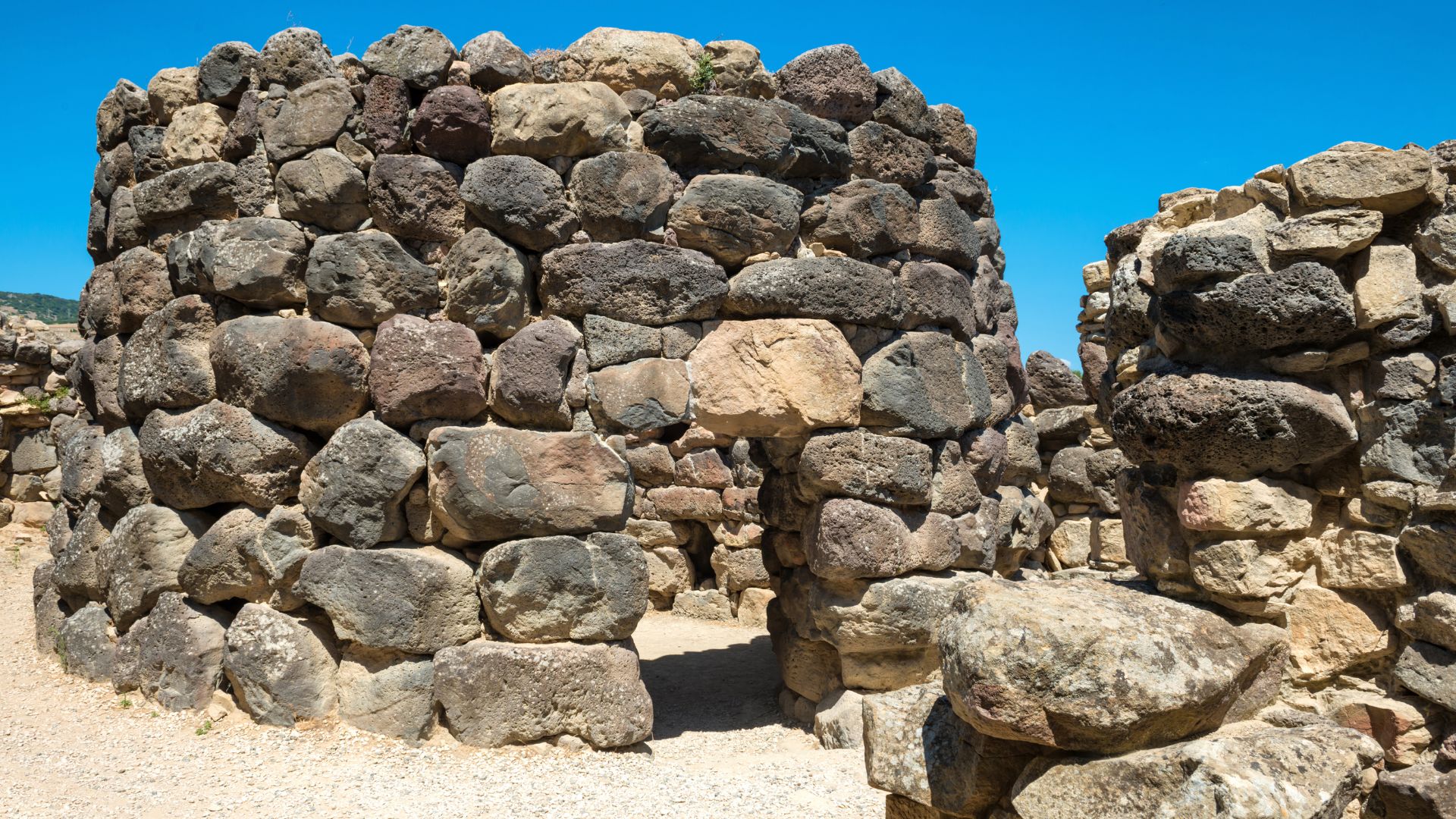
Legends and Mysteries: Stories Etched in Stone
Bronze Age stone structures aren’t just architectural marvels—they’re storytellers. When I walk among these ancient stones, I feel the weight of all the tales and rituals that once brought life to these now-silent places.
Fertility Rituals and Sacred Sites
Many Bronze Age stone circles and formations tie deeply to fertility rituals. I’ve visited spots where stones line up with the sun during solstices and equinoxes, marking planting and harvest times.
At some sites, I’ve spotted carvings of female fertility goddesses. These symbols show how important reproduction was to ancient communities.
Local guides sometimes point out cup marks and grooves in the stones that may have held offerings or collected rainwater for ceremonies.
Some communities still carry on these traditions. I’ve watched couples leave small tokens at ancient stones, hoping for blessings of fertility—a practice that’s survived for thousands of years.
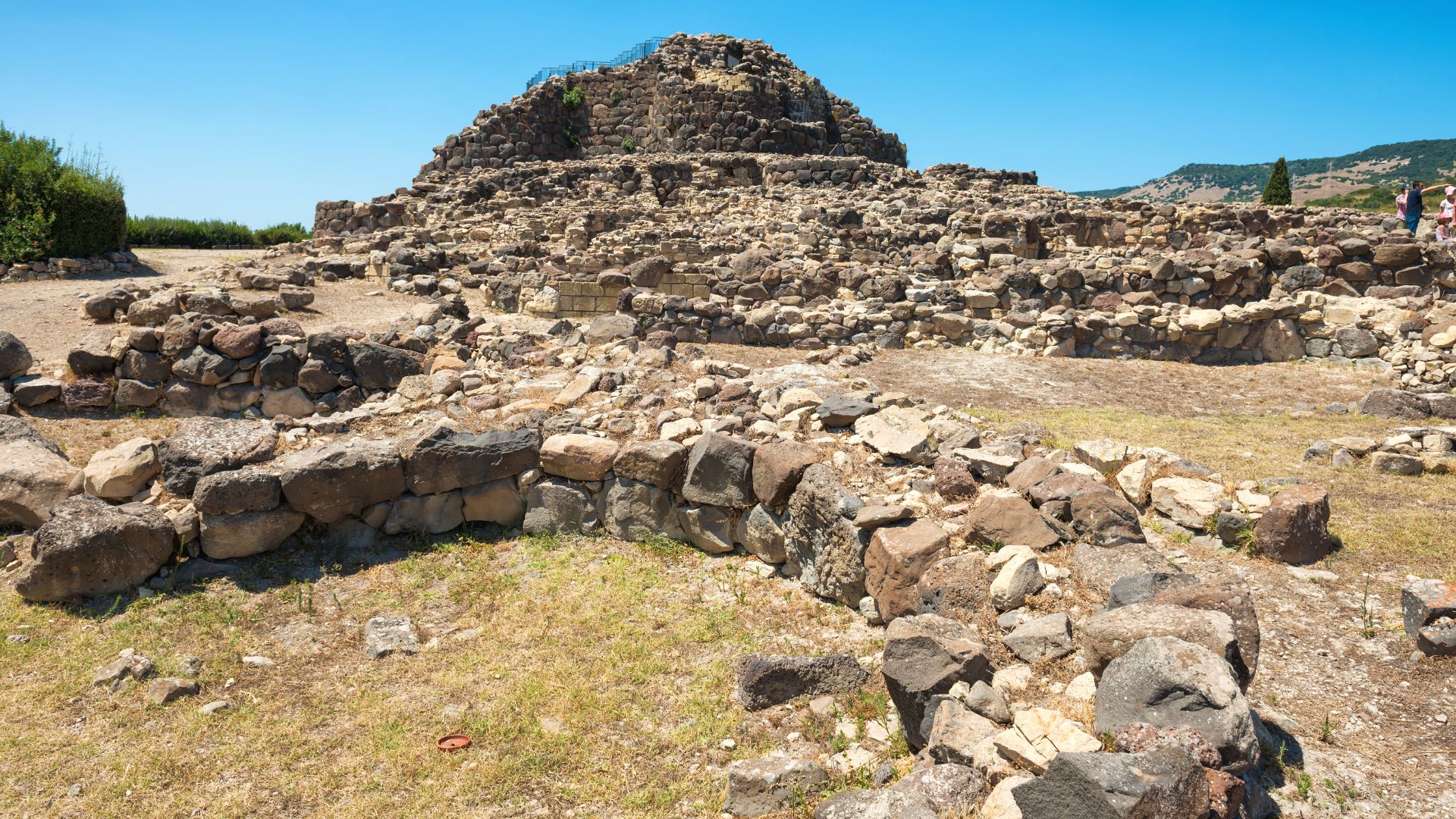
Cairns as Markers of Ancient Events
Bronze Age people stacked cairns—stone piles—to mark important places and events. Walking through Ireland’s old landscapes, I’ve come across cairns that commemorate battles, mark tribal boundaries, or highlight places of cosmic importance.
Some cairns guided travelers through foggy mountains. Others marked migration routes for people and animals.
The most fascinating cairns I’ve seen contain burial chambers. These weren’t just graves—they were gateways between worlds.
The way bodies were placed, the artifacts buried with them, and even the cairn’s direction all reveal a lot about Bronze Age beliefs on death and the afterlife.
Many cairns also line up with astronomical events, so they probably worked as primitive calendars too.
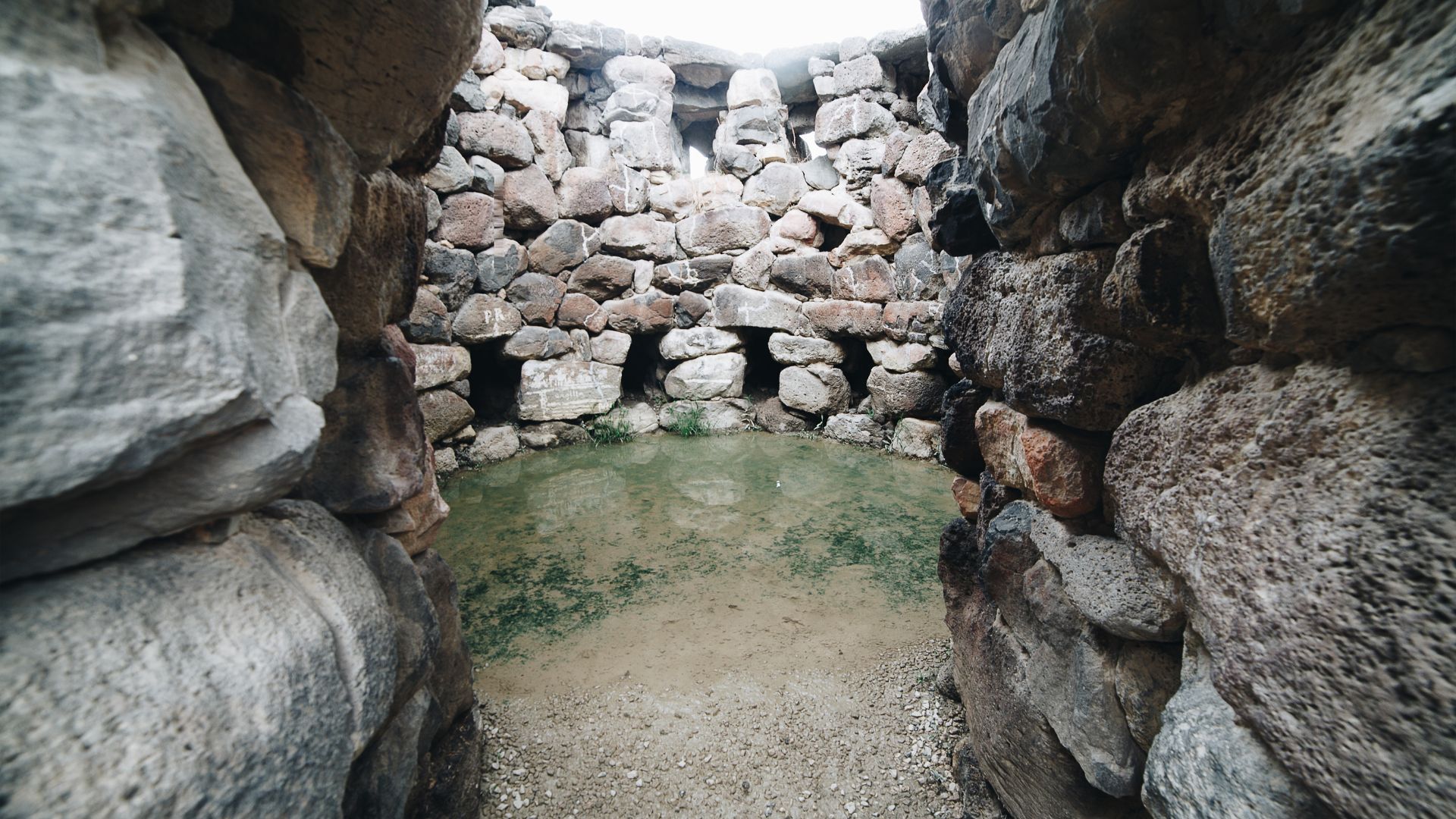
Tales of Treasure Hunters and Lost Relics
Bronze Age monuments have always attracted treasure hunters. I’ve heard plenty of stories about people digging at midnight or tunneling into ancient sites, hoping to find gold.
Some of these tales have a hint of truth. In 1900, archaeologists actually found stunning gold artifacts at a Bronze Age site in Ireland—so, yes, treasures did exist.
Local folklore is packed with stories of supernatural guardians protecting these treasures. When I hiked near remote stone circles, locals shared stories about treasure hunters who went mad or fell ill after disturbing sacred stones.
Modern archaeology has replaced treasure hunting with careful excavation, but you can still see evidence of old looting. I’ve spotted stones cracked by dynamite and pits dug by Victorian-era amateurs searching for relics.
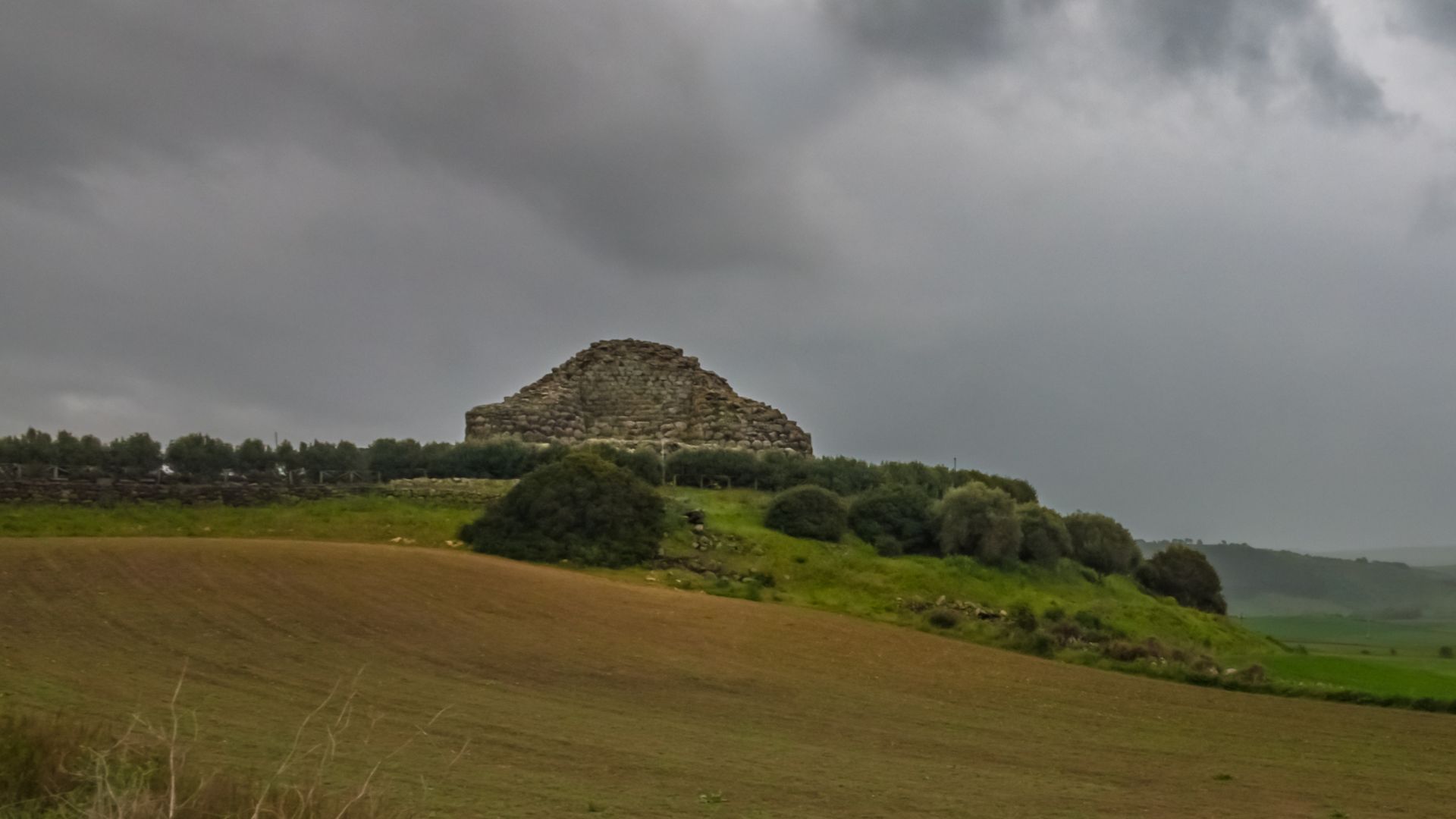
Journeys Across the Mediterranean and Beyond
Ancient stone fortresses rise along coastlines and highlands across several continents, sketching a fascinating map of prehistoric engineering. These structures tell stories of defense, community, and ingenuity that stretch back thousands of years.
Mediterranean Stone Fortresses and Their Legacy
The Mediterranean is full of impressive Bronze Age fortifications. In Sardinia, massive stone towers called nuraghi show off a civilization so advanced that some researchers even link them to the Atlantis legend.
When I visited these sites, I found it wild to think that a comet and tsunami may have wiped out these coastal settlements about 3,000 years ago.
The mysterious Sea Peoples, who roamed the Mediterranean during the 13th and 12th centuries BCE, left their mark on coastal fortifications. Their raids forced settlements to beef up their defenses with stone walls that still stand.
On the Greek islands, I explored megalithic structures that mix defense and spirituality. These places often have torchlit chambers and signs of goddess worship.
Many are still aligned with astronomical events, showing how Bronze Age builders mixed practical defense with a sense of cosmic order.

Stone Fortresses of Iran: Architecture and Mystique
Iran’s landscape is dotted with amazing stone fortresses that feel different from those in the Mediterranean. When I traveled through the highlands, I discovered buildings designed to control trade routes and protect communities from nomadic raiders.
These Iranian fortresses usually have thick stone walls and just a few entrances, making them tough to breach. Builders used dry-stone techniques, fitting rocks so tightly that the walls have lasted for millennia without mortar.
I was especially fascinated by how they adapted to Iran’s harsh climate. Unlike Mediterranean fortresses with open courtyards, Iranian ones often have underground water systems called qanats and shaded areas for relief from the sun.
Local legends are full of heroes and supernatural guardians. In villages near these old fortresses, people still hold annual festivals to honor the protective spirits they believe live in the stones.
Preservation and Discovery: Unlocking the Secrets of the Past
Understanding our Bronze Age ancestors takes both careful preservation and creative archaeological techniques. New discoveries keep showing us how these mysterious stone structures connect to our shared history.
The Role of the British Museum in Archaeological Research
When I visited the British Museum last year, their Bronze Age collection really blew me away. The museum has thousands of artifacts that help us piece together daily life from 3,700 years ago.
Their research team uses advanced technology to study stone fragments without damaging them. 3D scanning has even revealed tool marks you can’t see with the naked eye!
The British Museum works with local archaeologists like George Bird, who recently found an upright stone that led to the discovery of a whole Bronze Age circle in England. This teamwork between enthusiasts and professionals has proven invaluable.
“Finding these connections helps us understand how people lived,” said Dr. Emma Hayes, curator of the European Bronze Age collection. “Each artifact tells part of a larger story.”
Protecting Prehistoric Sites for Future Generations
Megalithic sites deal with all sorts of threats these days—weather eats away at the stone, and sometimes people just can’t resist leaving their mark. When I wandered through Dorset’s ancient stone formations, I spotted some new barriers. They let you get close enough to feel the history, but they also keep the stones safe from careless hands.
UNESCO steps in now and then, giving prehistoric monuments World Heritage status. With that, these places get a boost in protection and a bit of funding for conservation.
Local communities have really stepped up, too. In Turkey, after researchers uncovered secrets of an 11,500-year-old society, residents started helping out. They keep an eye on the sites and talk to visitors about why these places matter.
People are using digital preservation now, building virtual replicas of old stone fortresses. These detailed models capture exactly how things look right now. Researchers use them to watch for changes over the years.
Some sites even cap the number of visitors each day to keep the wear and tear down. I’ll admit, planning my trip got trickier because of this. Still, I’m glad these steps mean my grandkids might get to stand in the same spot someday.
